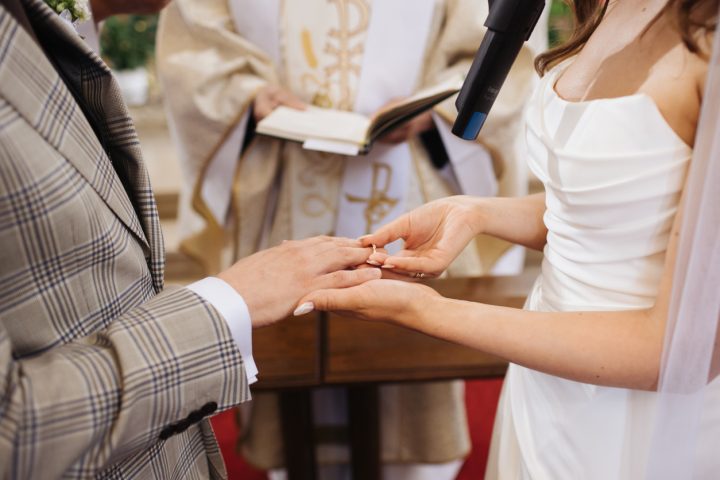This week’s unexpected public smackdown is… vicars versus wedding photographers. What a time to be alive! The latter have hoisted a petition on the website change.org, which has already attracted more than 900 signatories, demanding that vicars be nicer to them.
‘Not all church leaders are problematic, but a LOT are – and those that are problematic are not only hindering professional video/photographers from doing the job they’ve been paid to do, they’re more often than not rude, humiliating, aggressive and abusive.’
Already a subscriber? Log in
Subscribe for just $2 a week
Try a month of The Spectator Australia absolutely free and without commitment. Not only that but – if you choose to continue – you’ll pay just $2 a week for your first year.
- Unlimited access to spectator.com.au and app
- The weekly edition on the Spectator Australia app
- Spectator podcasts and newsletters
- Full access to spectator.co.uk
Or





















Comments
Don't miss out
Join the conversation with other Spectator Australia readers. Subscribe to leave a comment.
SUBSCRIBEAlready a subscriber? Log in